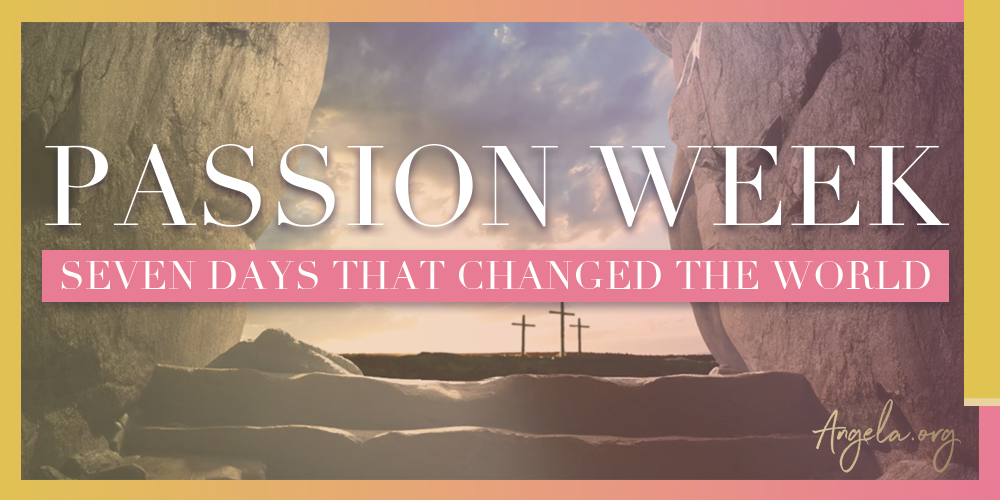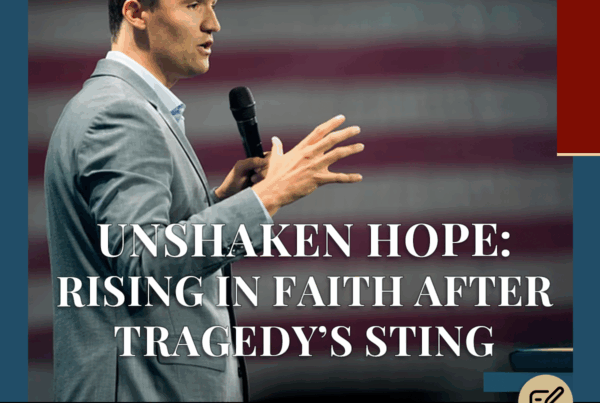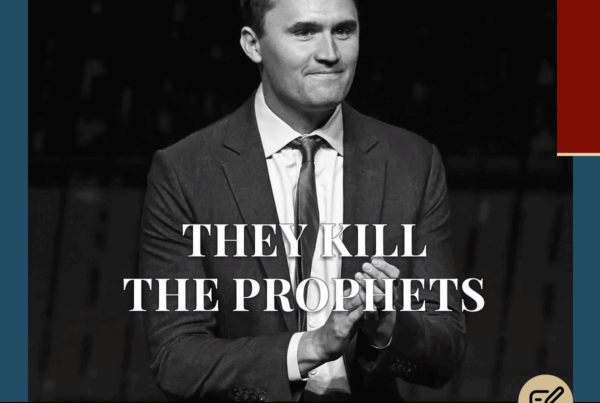
As we reflect on Maundy Thursday—the final night of Jesus with His disciples before His crucifixion—we are invited to meditate on themes of love, sacrifice, and service. The term “Maundy” derives from the Latin word “mandatum,” meaning “command,” which refers to Jesus’ instruction to His disciples to love one another, as captured in John 13:34.
THURSDAY
The scripture associated with Maundy Thursday is found in the Gospel of Luke, which recounts the Last Supper: “And he took bread, gave thanks and broke it, and gave it to them, saying, ‘This is my body given for you; do this in remembrance of me.’ In the same way, after the supper he took the cup, saying, ‘This cup is the new covenant in my blood, which is poured out for you’” (Luke 22:19-20, NIV). This moment of Communion allows believers to partake in the body and blood of Christ, symbolizing His ultimate sacrifice for our redemption.
During this sacred meal, Jesus and His disciples observed the entire Passover together, while He instituted the new covenant represented by the bread and wine. As they gathered at sundown, Jesus took on the role of the father in the observance. He poured the first of four cups of wine and asked everyone to rise from the table. Lifting His cup toward heaven, He recited the Kiddush, or prayer of sanctification, which likely included words similar to: “Blessed art Thou, O Lord our God, King of the universe, Who createst the fruit of the vine. Blessed art Thou, O Lord our God, Who hast chosen us for Thy service from among the nations… Blessed art Thou, O Lord our God, King of the universe, Who hast kept us in life, Who hast preserved us, and hast enabled us to reach this season.” This is likely the blessing recited in Luke 22:17.
The offering of bread and wine also connects to Melchizedek, a significant biblical figure. In Genesis 14:18-20, Melchizedek, king of Salem and priest of God Most High, brought bread and wine to Abraham, establishing a spiritual precedent that foreshadows Christ’s eternal priesthood. The book of Hebrews further explores this connection: “For it is clear that our Lord descended from Judah, and in regard to that tribe Moses said nothing about priests. What we have said is even more clear if another priest like Melchizedek appears, one who has become a priest not on the basis of a regulation as to his ancestry but on the basis of the power of an indestructible life” (Hebrews 7:14-16, NIV). This emphasizes that Jesus is a priest forever in the order of Melchizedek, establishing a new covenant through His sacrifice.
Maundy Thursday serves as a powerful reminder of Christ’s love and the call for us to live that love in our daily lives. As Christians gather to break bread and share the cup, they not only commemorate His sacrifice but also embrace their calling to love and serve others, just as Jesus exemplified.

Leemage/UIG via Getty Images
Key Events of Maundy Thursday
Maundy Thursday is marked by several significant events that shape the narrative of Jesus’ final hours. Here are seven key occurrences associated with this sacred day:
The Last Supper: Perhaps the most recognized aspect of Maundy Thursday, the Last Supper was when Jesus shared a final meal with His disciples, instituting the practice of Communion by breaking bread and sharing wine, symbolizing His body and blood.
Washing of the Disciples’ Feet: In an extraordinary act of humility, Jesus washed the feet of His disciples, teaching them the importance of servant leadership and love for one another (John 13:1-17). This powerful gesture underscores our call to serve others selflessly.
The New Commandment: During the Last Supper, Jesus gave His disciples a new commandment: “Love one another as I have loved you” (John 13:34-35). This command highlights that love is the defining characteristic of His followers.
Betrayal by Judas Iscariot: Judas Iscariot’s betrayal is a critical moment in the Passion narrative. He agreed to hand Jesus over to the religious authorities for thirty pieces of silver (Matthew 26:14-16), marking the beginning of the end for Jesus’ ministry.
The Institution of Communion: During the Last Supper, Jesus instructed His followers to remember Him through this sacrament (Luke 22:19-20). This act has become the foundation of Christian worship and fellowship.
Prayer in the Garden of Gethsemane: After the Last Supper, Jesus retreated to the Garden of Gethsemane to pray. In this moment of anguish, He sought strength and clarity for the trials ahead (Matthew 26:36-46), highlighting His humanity and the gravity of His impending sacrifice.
Peter’s Denial Predicted: During the Last Supper, Jesus foretold Peter’s denial, warning him that before the rooster crowed, Peter would deny knowing Him three times (Luke 22:34). This serves as a poignant illustration of the fragility of human loyalty.
These seven events collectively emphasize the themes of love, sacrifice, humility, prophecy, Christ’s eternal priesthood, and the fulfillment of His mission. Maundy Thursday is not just a commemoration of these historical events; it is a call to action for believers, challenging us to embody the love and service exemplified by Christ.

Heavenly Father,
As we gather on this sacred Maundy Thursday, we approach You with grateful hearts, recognizing the incredible gift of Your Son, Jesus Christ. We thank You for His body broken and His blood poured out for our salvation. Help us to internalize His words: “This is my body, given for you” (Luke 22:19).
Lord, fill us with Your Holy Spirit, empowering us to embody the love that Jesus commanded us to share with one another. Grant us the humility to serve as He served and the courage to love without reservation. As we partake in the bread and wine, may we remember the new covenant established through His sacrifice, acknowledging that we are called to be His hands and feet in the world.
In the spirit of Melchizedek, Lord, use our lives to bless those around us, offering mercy and grace as we reflect Your love. May we stand firm in the assurance that Jesus is our eternal High Priest, guiding us on our journey of faith (Hebrews 7:17).
In the mighty name of Jesus, we pray. Amen.
As we reflect on Maundy Thursday, which moment resonates most deeply with you—Jesus’ act of humble service, His institution of Communion, or His anguished prayer in the garden? How do these events shape your understanding of love, sacrifice, and obedience in your own walk with Christ? I’d love to hear how you’re observing Holy Week and what this sacred day means to you. Share your reflections in the comments or send a message—let’s continue this meaningful conversation together.
If this message resonates with you, I encourage you to Insta-share it with a friend.
Insta-share it on Instagram!
Screenshot your favorite section and tag me [@AngelaMackenzie___] so I can see and share your post! Let’s keep the conversation going and strengthen each other in faith!



